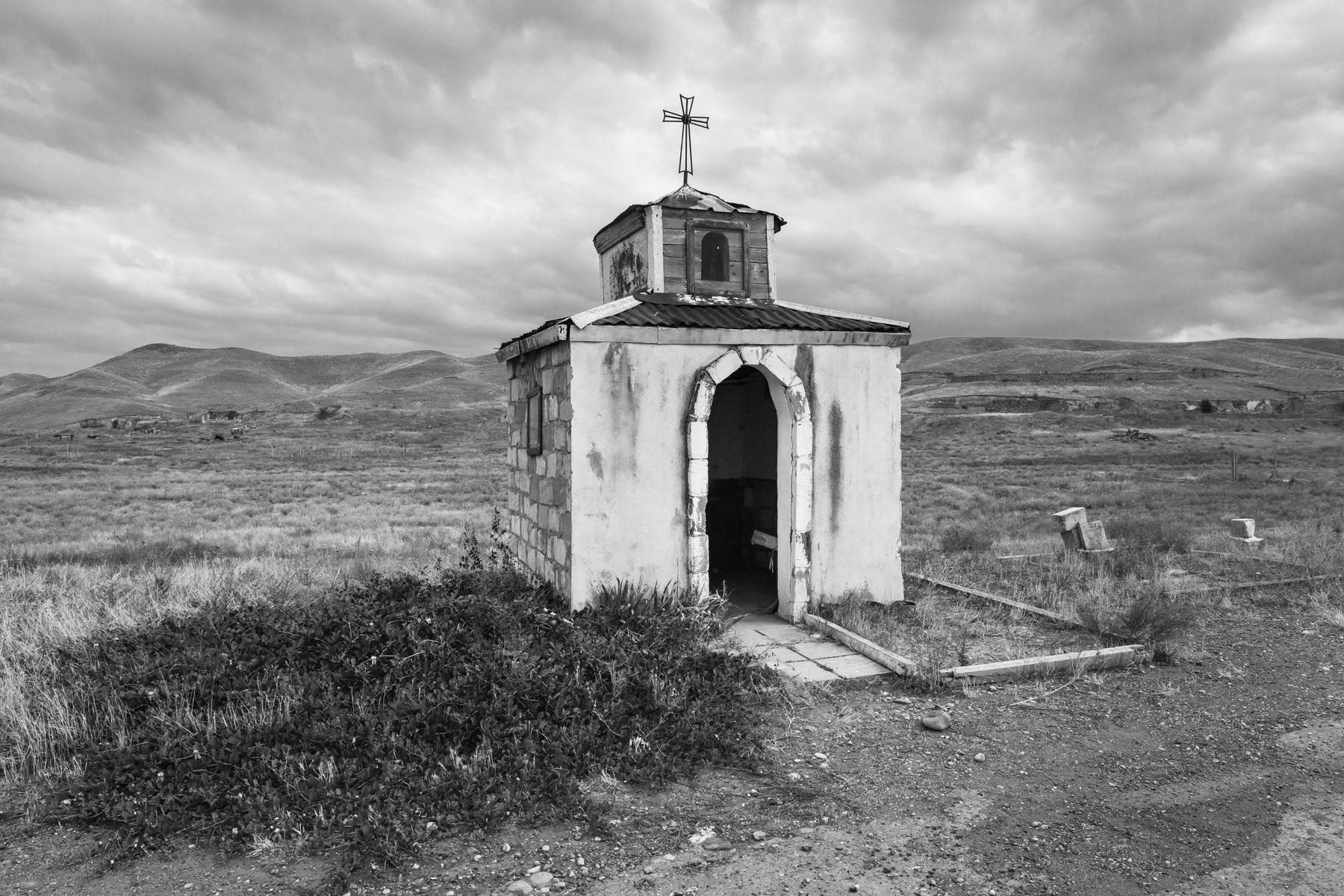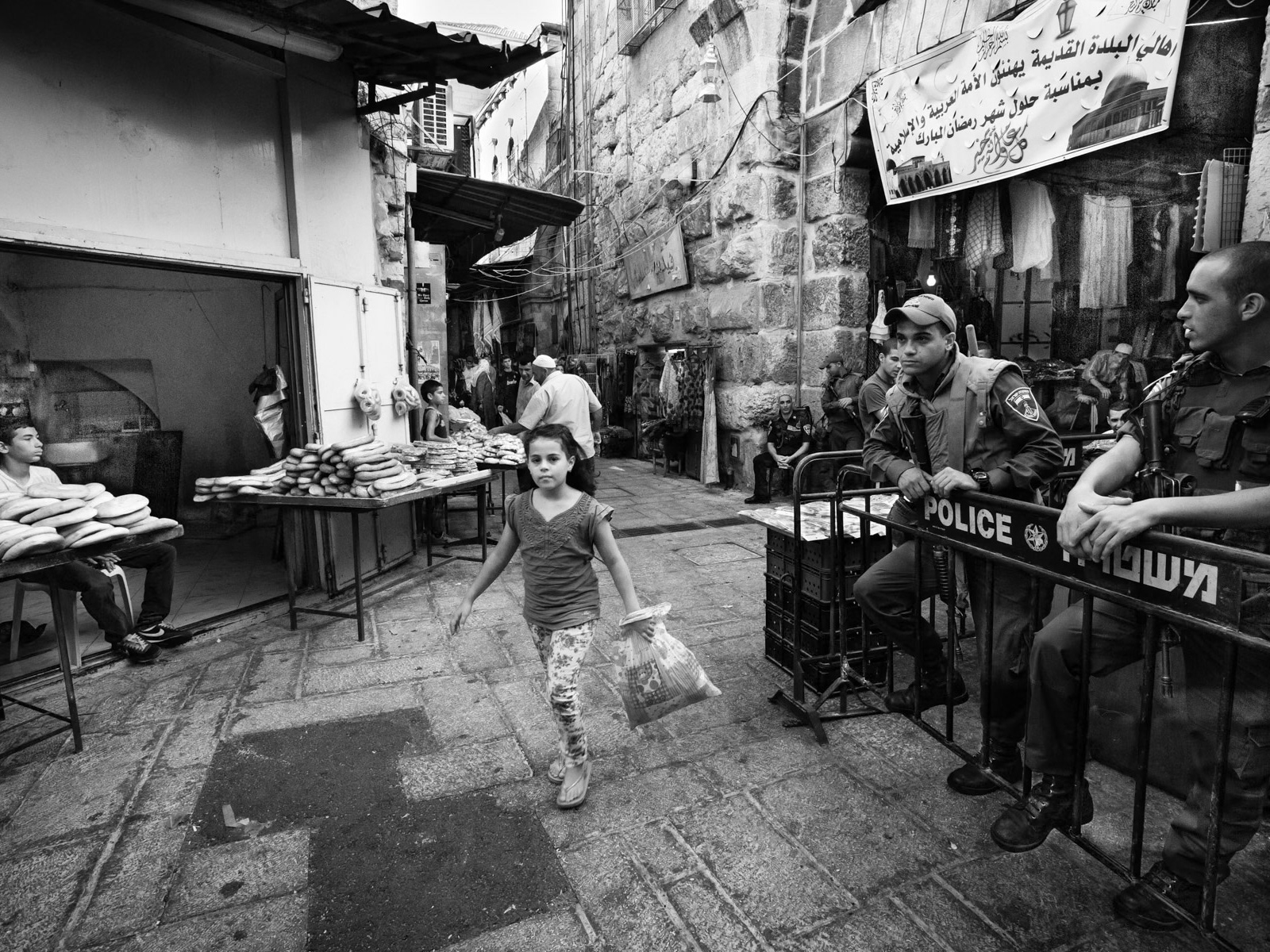Prior the forced evacuation of 2023, the Armenian population of Nagorno-Karabakh faced significant struggles, primarily stemming from their isolation and dependence on Armenia for survival. As the conflict between Armenia and Azerbaijan remained unresolved, Nagorno-Karabakh's only entry and exit point was through Armenia, leaving its people vulnerable and cut off from the outside world. This geographic isolation made it difficult for residents to access international aid, medical services, and essential goods. The blockade by Azerbaijan exacerbated their dependency, as supplies like food, medicine, and fuel could only be transported through Armenia. This situation placed a tremendous strain on the local economy and the daily lives of Armenians in the region, who lived in constant fear of military escalations. Despite their resilience, the constant uncertainty and lack of external support left them in a state of perpetual struggle, fighting not just for survival but for their political and cultural identity.

Papik Tatik monument in Stepanakert, Nagorno-Karabakh, October 2013
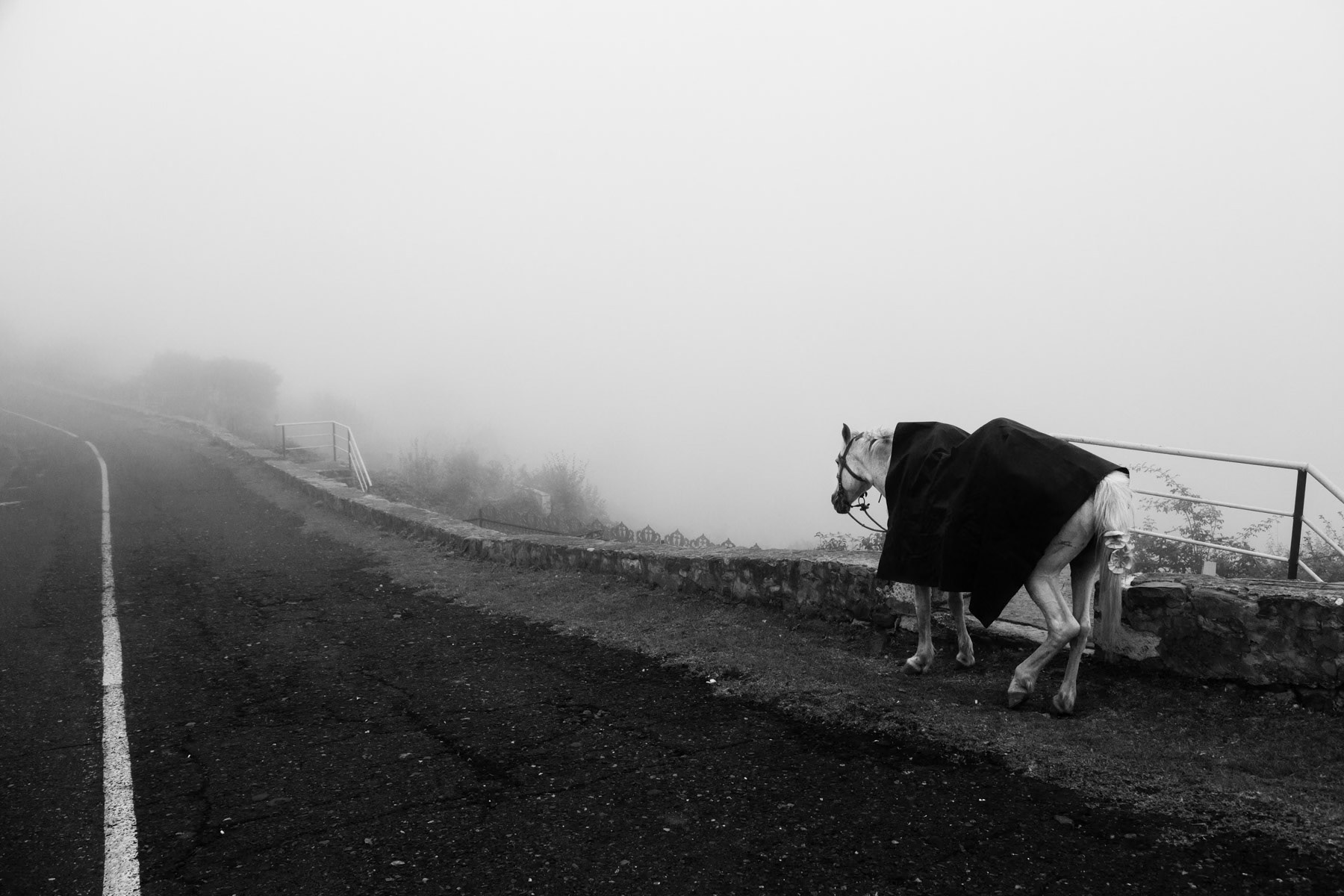
Road leading to Gandzasar monastery, Nagorno-Karabakh, October 2013

Stepanakert market place, October 2013
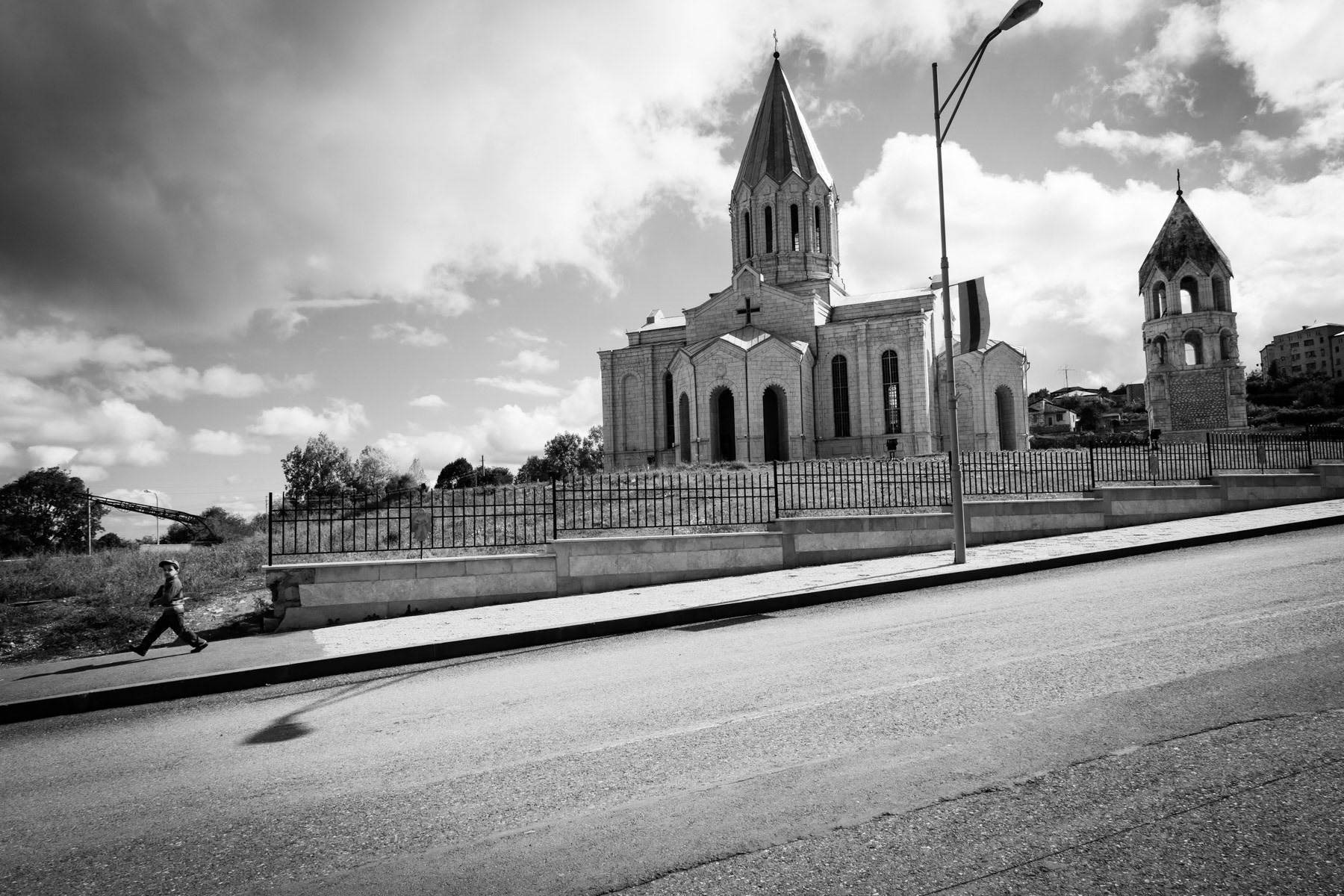
Ghazanchetsots cathedral in Shushi, Central Karabakh, October 2013

Dominoes, Stepanakert, October 2013

Gandzasar monastery near Vank, Nagorno-Karabakh, October 2013

Karabakh horse between Drmbon and Garnakar, October 2013 The territory of Nagorno-Karabakh is internationally recognised as part of neighbouring Azerbaijan. Factually, it is independent, accessible only from Armenia where its alive life-links stream as well. Also known as Artsakh, scarcely populated by people of Armenian origins, with long strips of abandoned towns that were erased by the long war just after the collapse of the Soviet Union. Nagorno-Karabakh lives with its scars and its heritage.

The village of Qyatuk has only three residents remaining from the several hundreds before the war, Askeran region, Nagorno-Karabakh, October 2013

Qyatuk village, Askeran region, Nagorno-Karabakh, October 2013
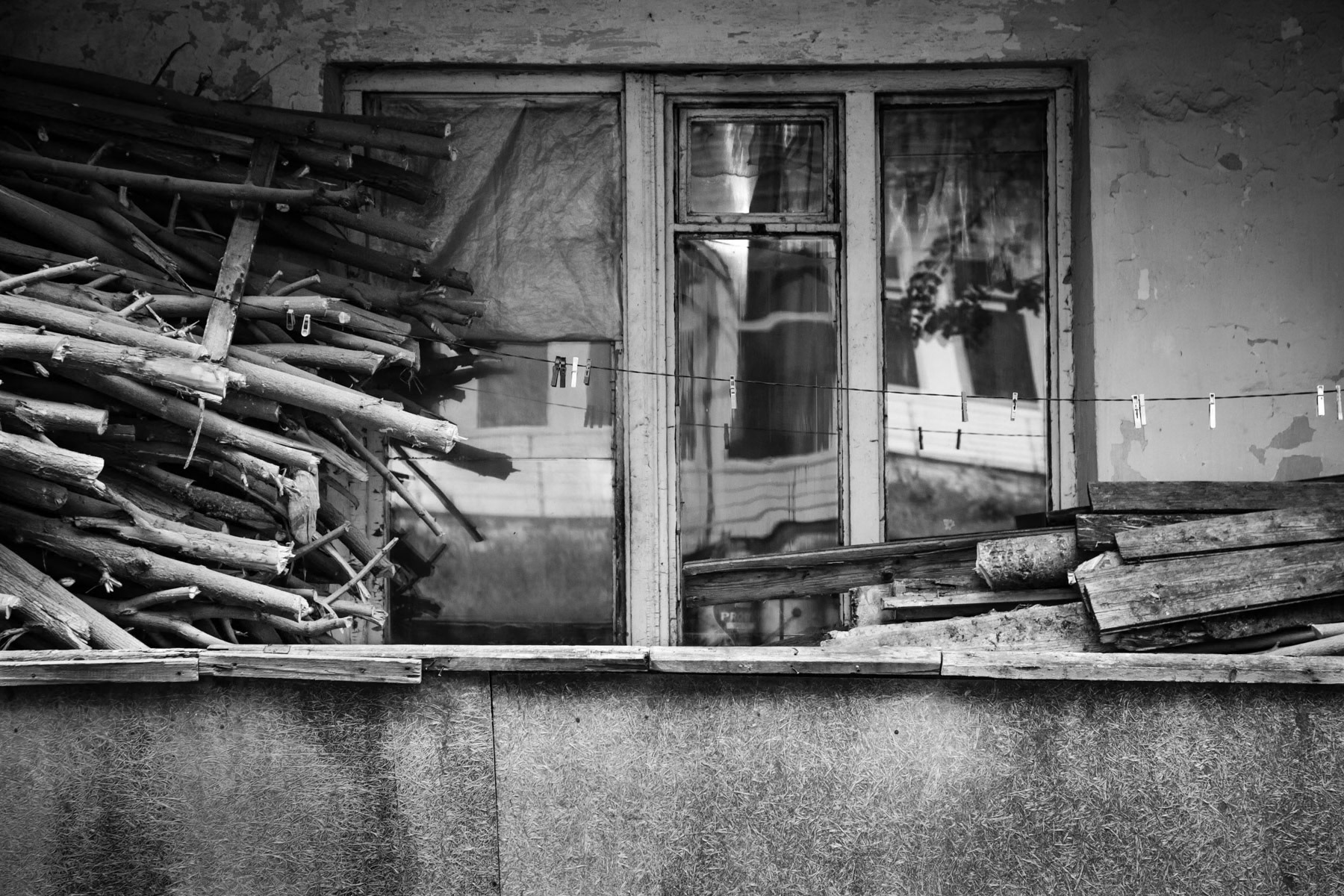
Firewood, Shushi, Nagorno-Karabakh, October 2013

New Maragha village on the road between Martakert and Agdam, October 2013

Old woman from Getavan village in northern Karabakh, October 2013

Shushi, Nagorno-Karabakh, October 2013
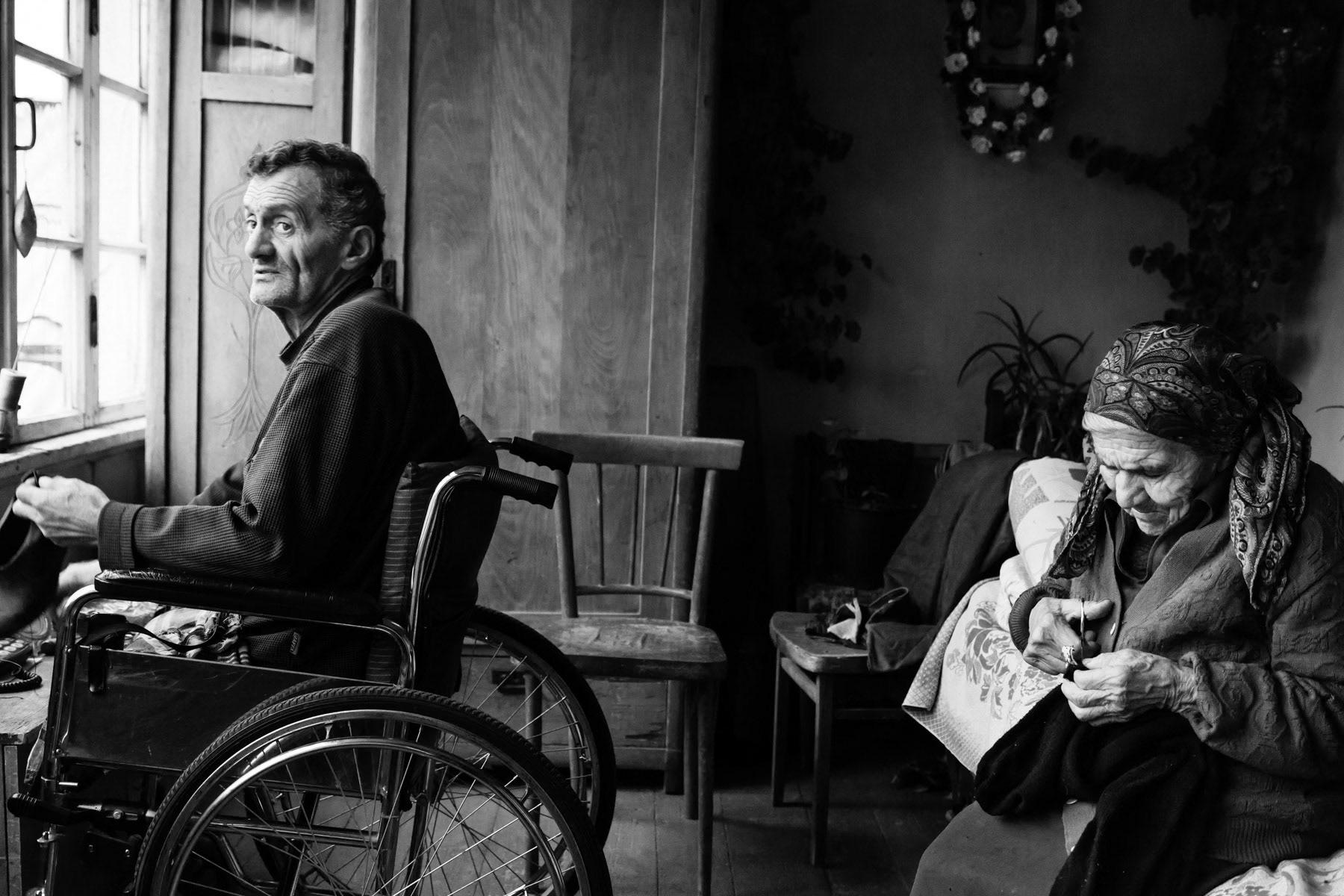
Land mine victim Narek and his mother at home in Samzor village, Nagorno-Karabakh, October 2013
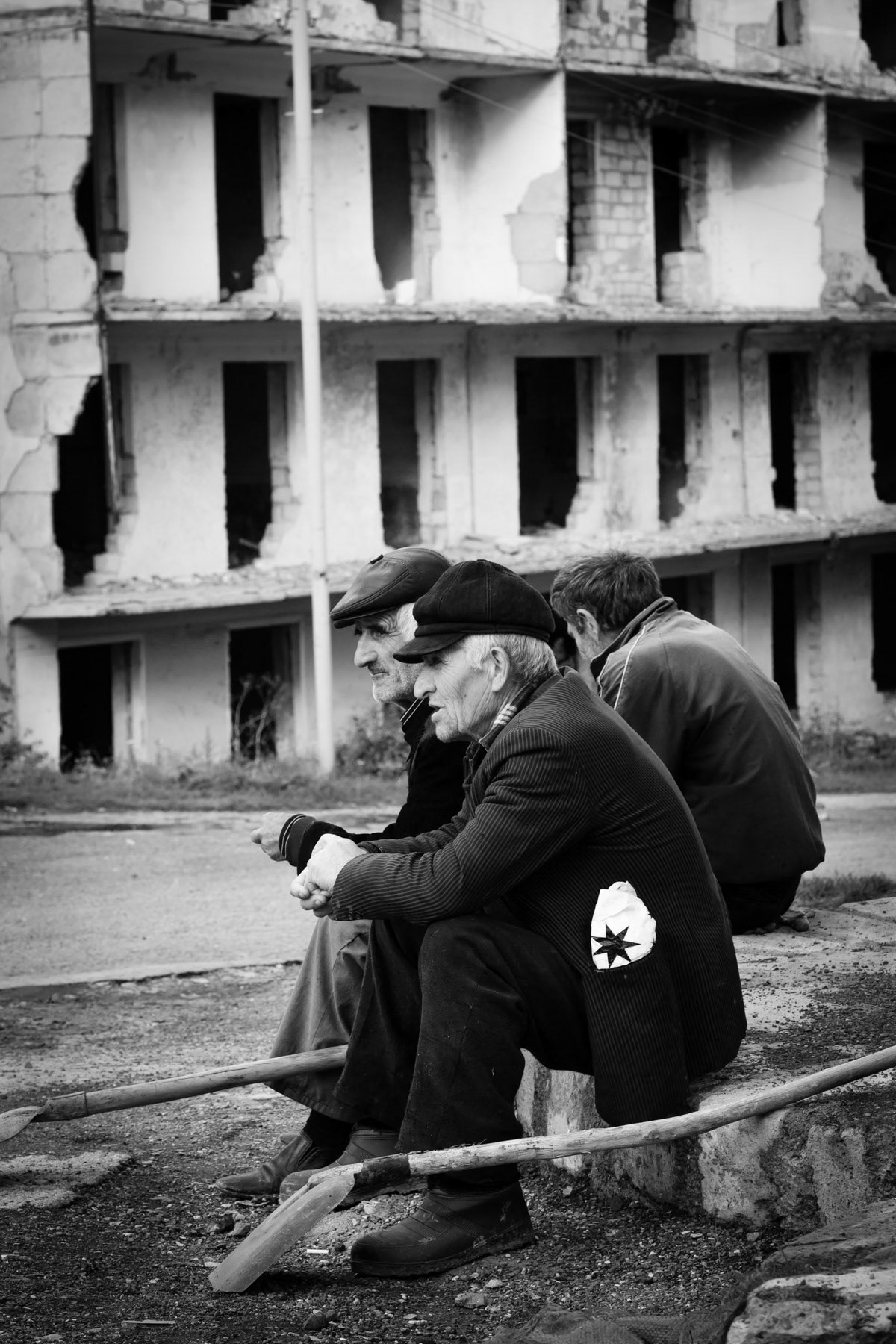
Road maintenance workers in Shushi where large parts of the city were destroyed during the war in the early nineties. Reconstruction is ongoing twenty years later at a slow pace, Nagorno-Karabakh, October 2013

Butcher shop, Stepanakert capital of the de-facto independant un-regognised State of Artsakh, October 2013

Keeping warm in the morning, market in Stepanakert, Nagorno-Karabakh, February 2014
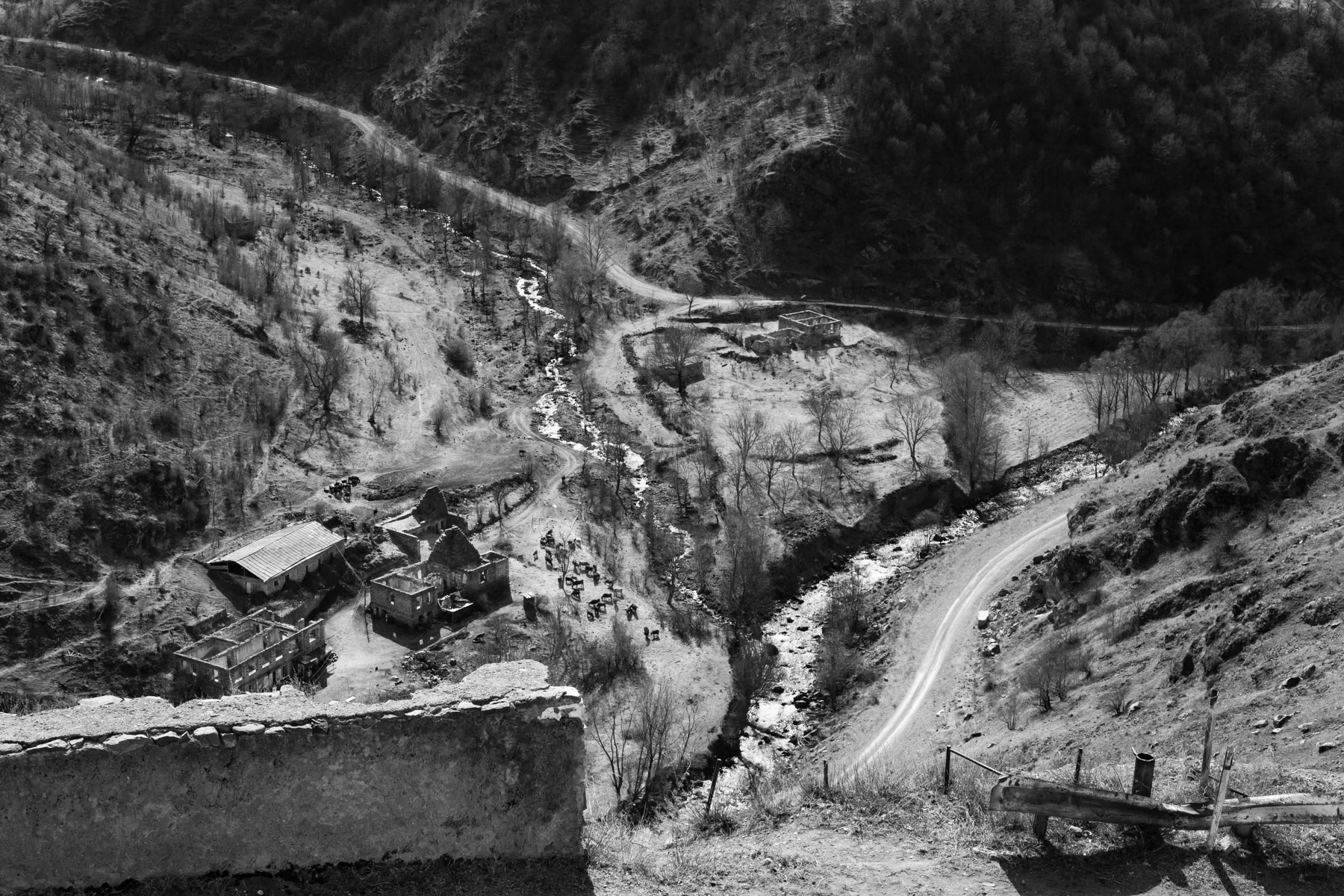
Karvachar region, Karabakh, February 2014

Karvachar town in north-eastern Karabakh, February 2014
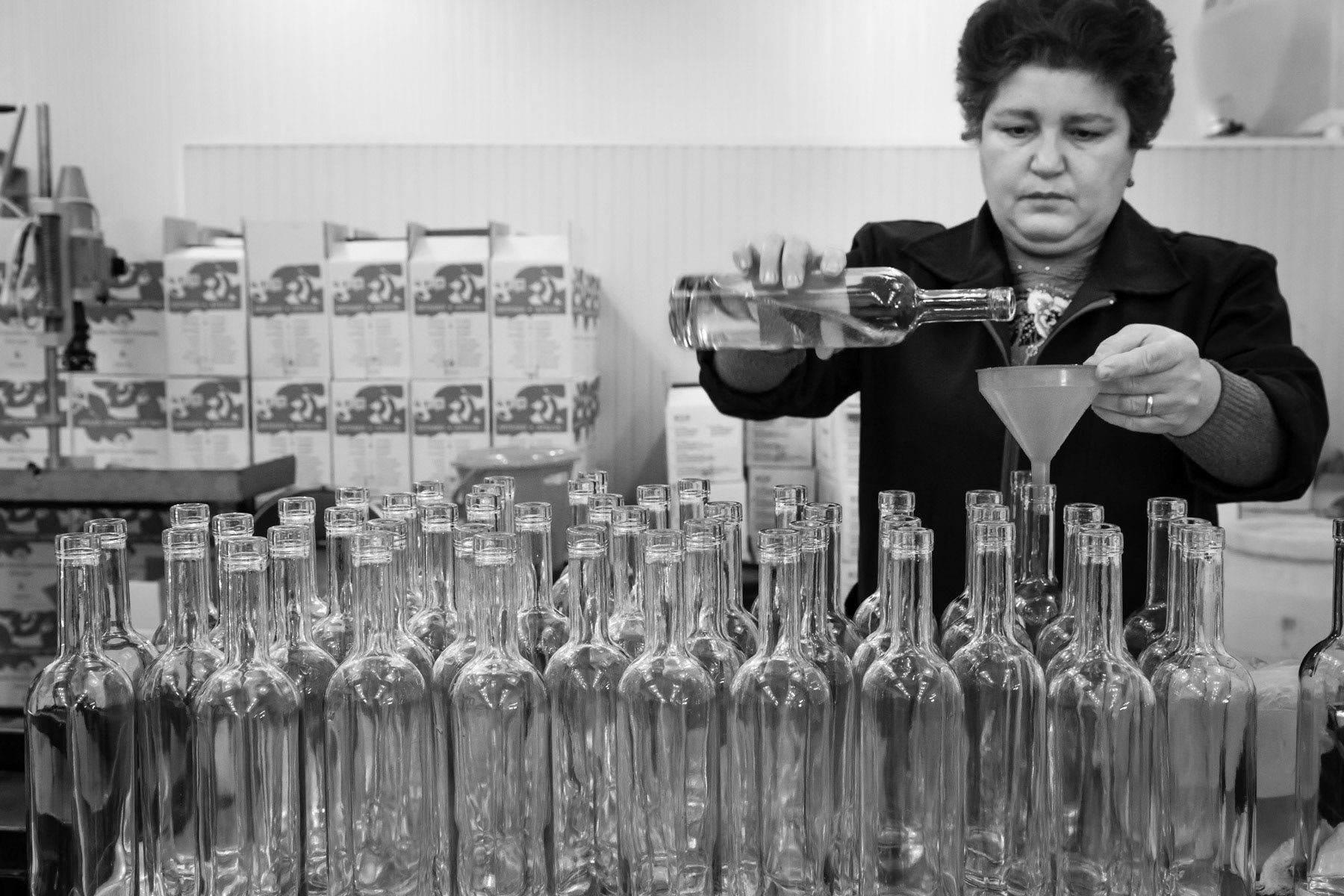
Brandy factory, mulberry brandy one of Karabakh's specialities. Askeran, February 2014

Open-pit mine in Kashen, Martakert region in northern Karabakh, February 2014
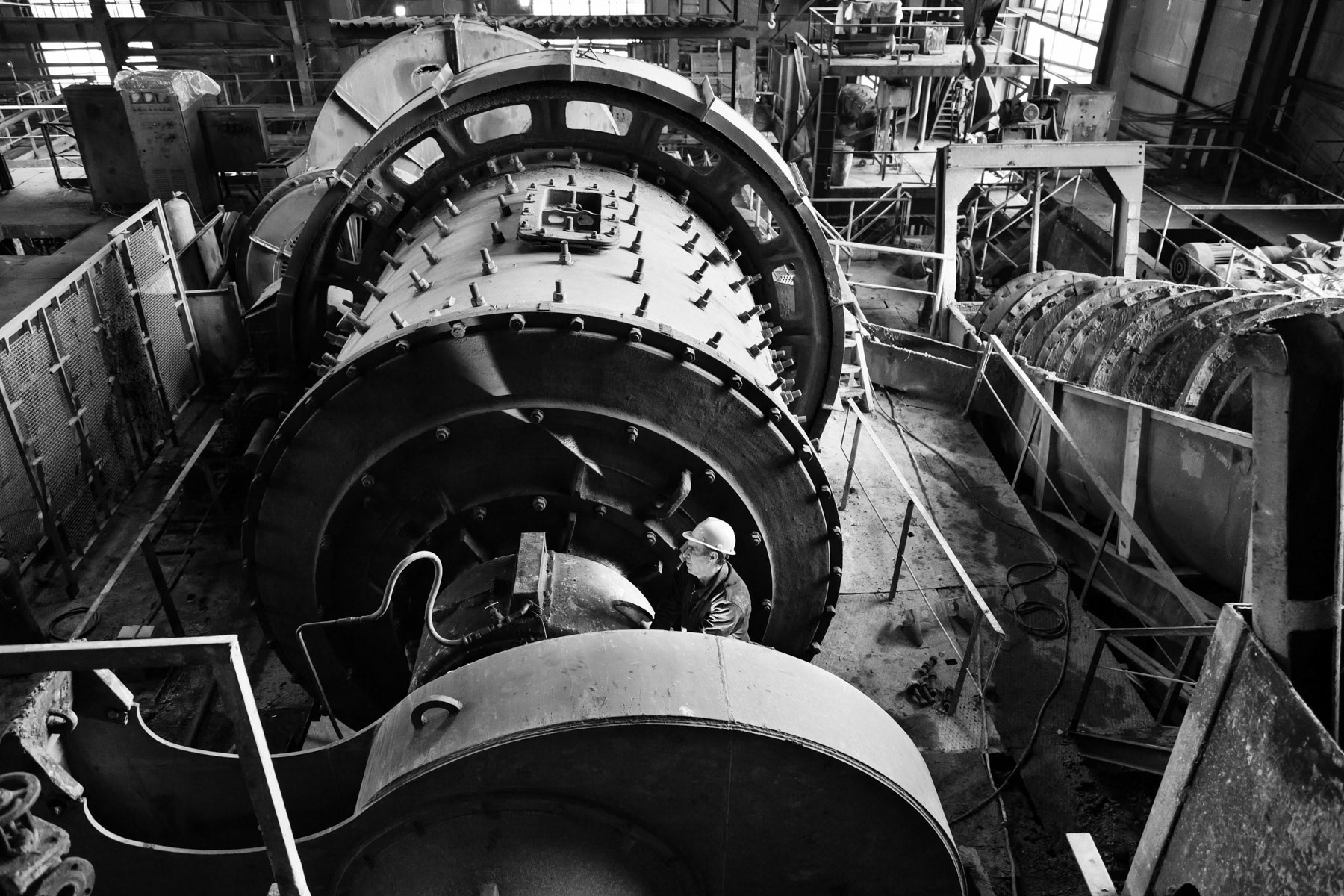
Gold mining in Drmbon, Karabakh, February 2014

Lentush family in their home village of Karintak, Shushi region, March 2014

Eight of March celebration in Gansk village, Askeran region, March 2014

Gansk village, Karabakh, March 2014

Sitting outside in front of a decorated wall, Vank in Nagorno-Karabakh, July 2014

Boxing ring in Hadrut town, Karabakh, July 2014

Retired teacher in Karintak village, Karabakh, July 2014

Nagorno Karabakh has one of the world's highest per capita rates of accidents caused by mines, cluster munitions and other explosive remenants of war. The HALO trust is the only international NGO present in Karabakh and has since 2000 provided the sole capacity in the region for the clearance of mines and the disposal of unexploded ordnance. Mines and unexploded ordnance have a profound impact upon day-to-day lives of the rural population and dramatically affect the income of thousand of poor families. The international isolation of Nagorno Karabakh that impovrishes the people of Karabakh also makes it extremely difficult for the HALO Trust to raise funds to work in that region. Manual mine clearance in the woods. The HALO Trust at work, Khramort minefields, Nagorno-Karabakh, July 2014
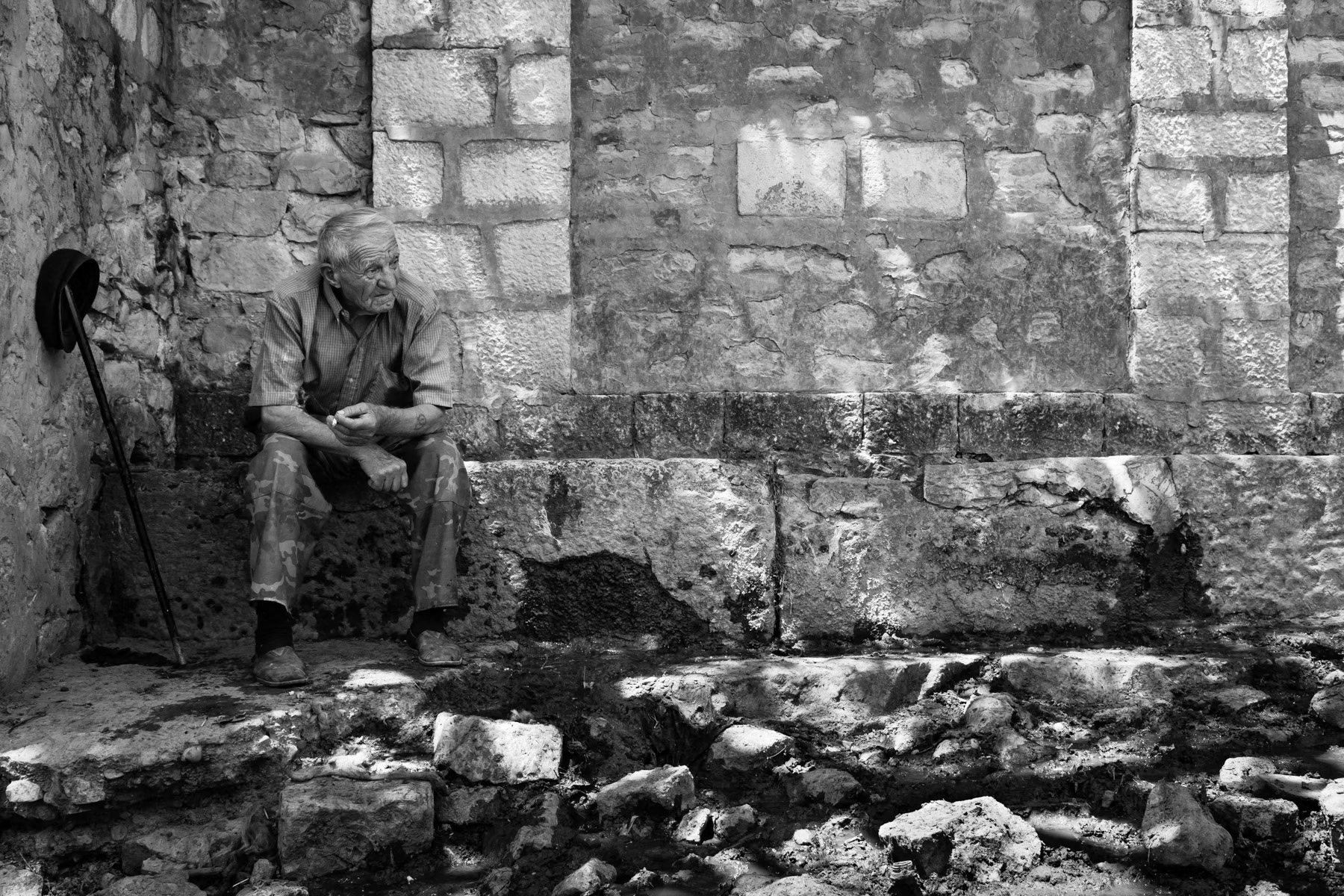
Old man pausing, Khramort village, Nagorno-Karabakh, July 2014

People of Armenakavan after a village reunion about the presence and danger of land mines. Nagorno-Karabakh, July 2014

A small shelter for a short rest out of the sun. The HALO Trust at work, Khramort minefields, Nagorno-Karabakh, July 2014

Agriculture workers heading for the fields, farming cooperative in Okhch, Karabakh, July 2014

Warehouse building in a former Soviet agriculture cooperative, also called Sovhoz during Soviet times. Okhch village in central Karabakh, July 2014

A worker fixing the electricity in the warehouse of a family farm in Okhch, Nagorno-Karabakh, July 2014
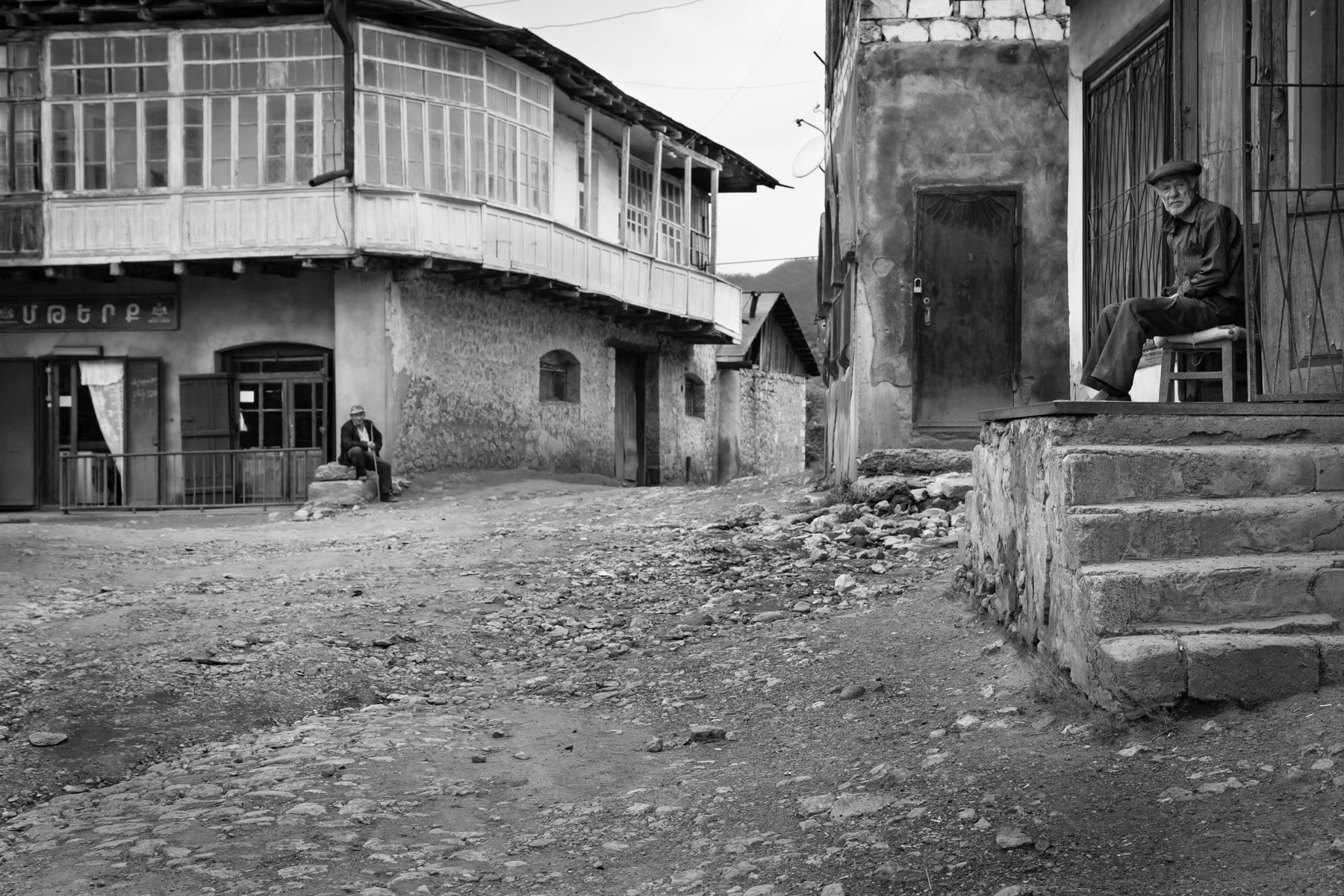
Main square in Taghlar village, Nagorno-Karabakh, July 2014

Playtime, Taghlar village in Karabakh, July 2014
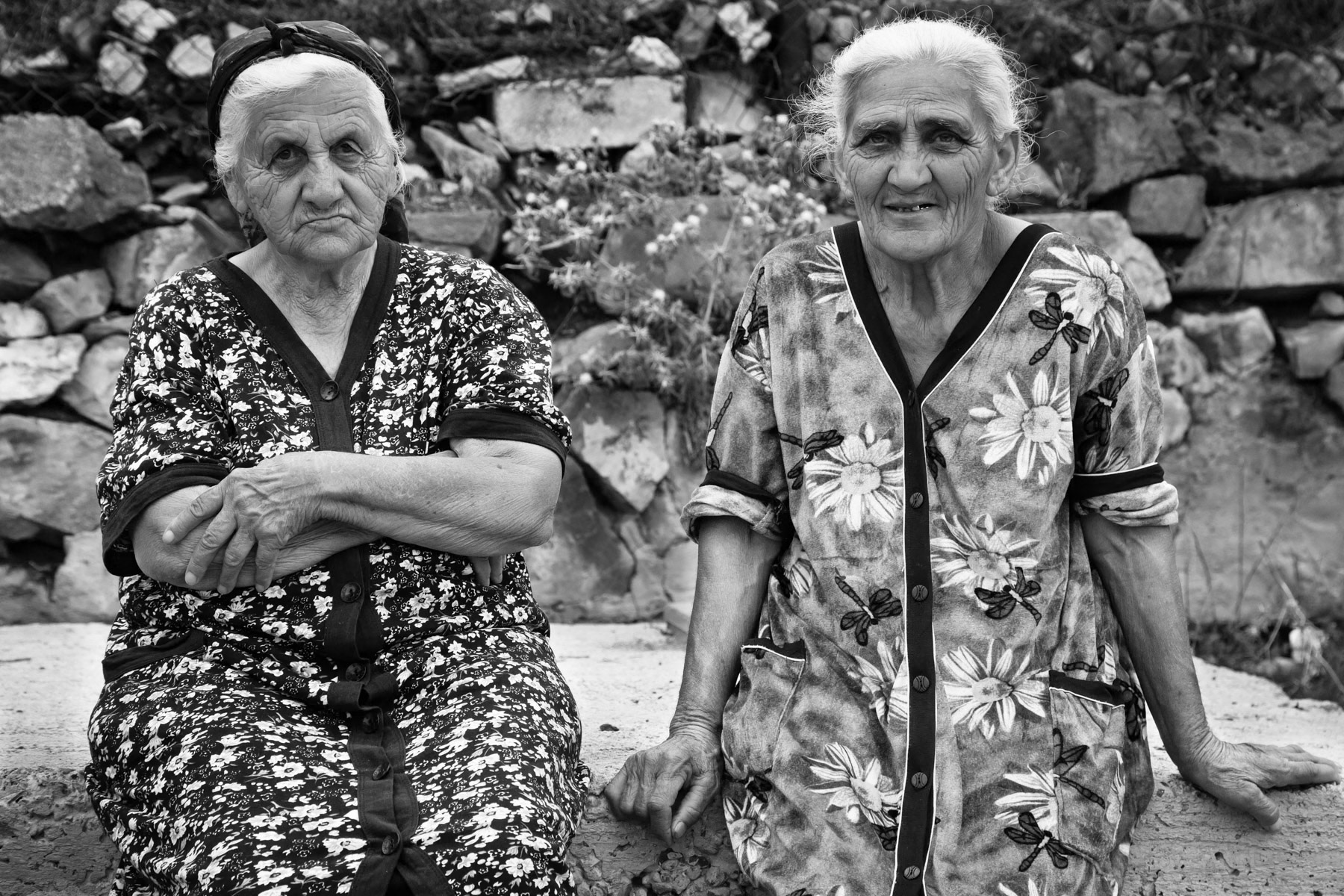
Mets Tagher village in Hadrut region, Karabakh, July 2014

Bread baking in traditional public ovens in Taghlar, Nagorno-Karabakh, July 2014

Mets Tagher village in Hadrut region, Karabakh, July 2014

Mets Tagher village in Hadrut region, Karabakh, July 2014

Mets Tagher village in Hadrut region, Karabakh, July 2014

Seasonal inhabitant of Agdam, Karabakh, July 2014
